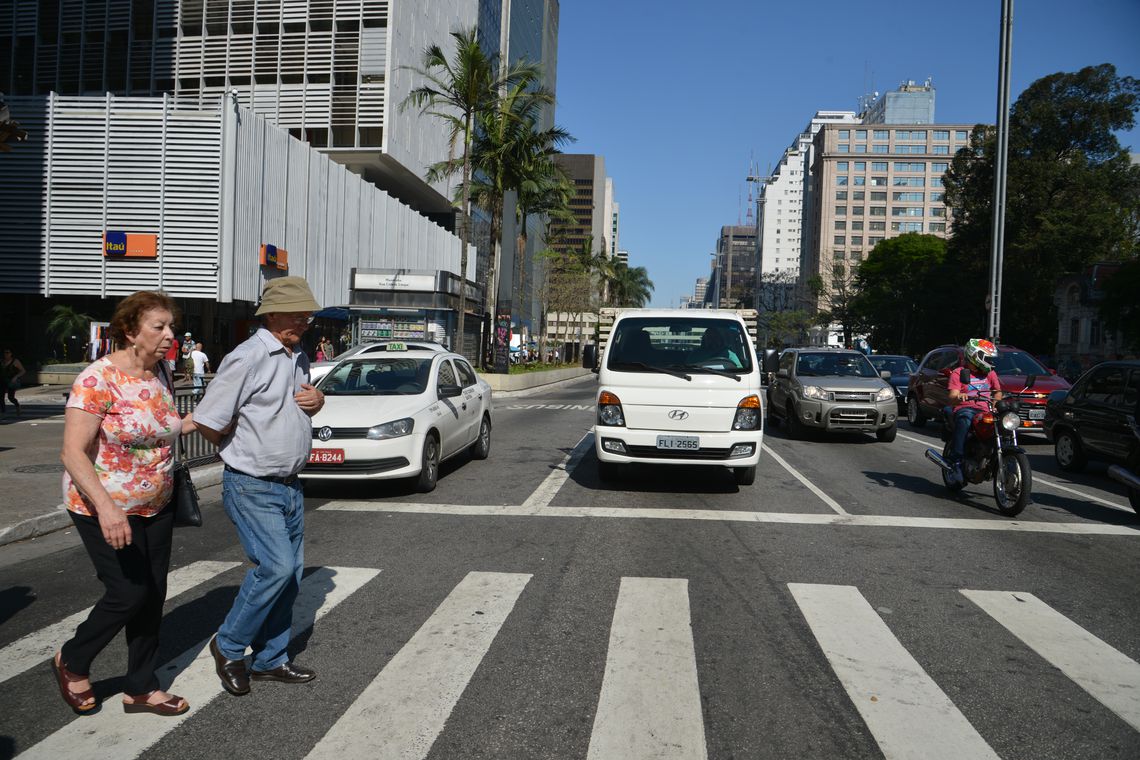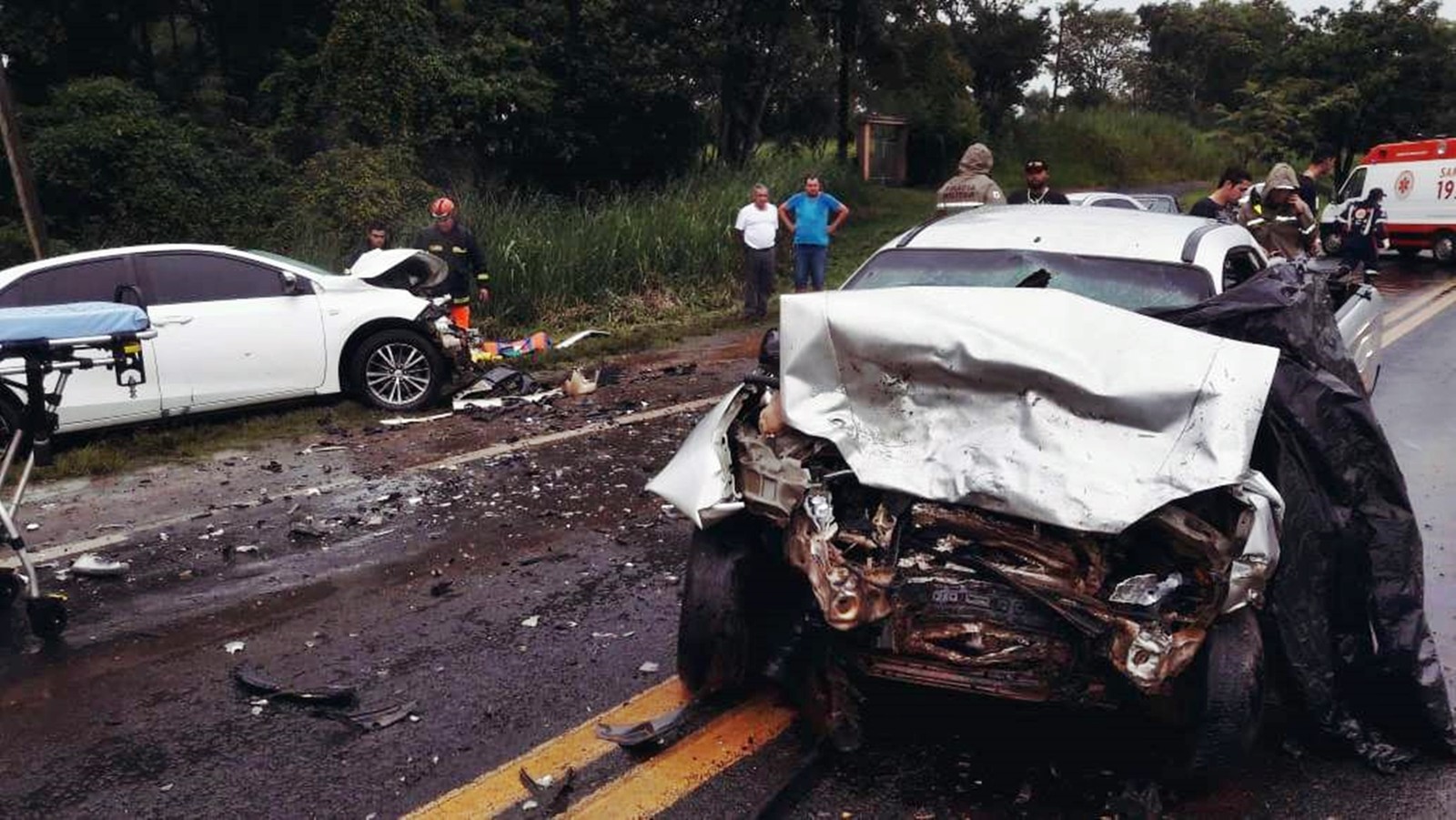RIO DE JANEIRO, BRAZIL – A study by the Public Safety Institute (ISP) and the Coordinator of Statistics and Accidents of the Department of Traffic of the State of Rio de Janeiro (DETRAN-RJ) shows that in 2018, pedestrian crashes caused 35 percent of all traffic deaths in the state. The data were released today, September 18th, and are part of the third edition of the Traffic Report.

Researchers have drawn the profile of accident victims and found that 44.7 percent of those killed in pedestrian crashes were over 60 years old. Barbara Caballero, ISP Statistics Coordinator, sees progress in traffic safety but believes that the number of pedestrians run over still points to a scenario that requires attention from the state.
“It shows the importance not only of raising the population’s awareness to obey traffic regulations but also of thinking about urban planning, sufficient signal time for pedestrians to cross the street, the correct location of a pedestrian walkway, to avoid exposing pedestrians to risk,” she exemplifies.
The second most fatal type of accident in the state was vehicle collisions. In this case, the data indicate that the most frequent profile among victims is youths aged between 18 and 29.
When considering accidents without fatalities, the research shows that 23 percent were caused by vehicle crashes and 11 percent by pedestrian collisions.
Throughout 2018, 1,957 people died in traffic accidents in the state and another 27,520 were injured, which results in an average of 81 people being injured per day on the streets of Rio de Janeiro. Accidents are more frequent at night and on weekends, and cities in the interior have a higher accident rate per 100,000 inhabitants than in the capital.
The ISP coordinator believes that more highways in cities in the interior may be related to higher traffic fatalities.
“In the interior, we have more roads, more highways, and end up having a higher average speed, which can potentially lead to more accidents”.

The study also surveyed the main traffic violations committed on the streets and highways of Rio de Janeiro. Half of the traffic violations in the state were due to speeding, and most of them were recorded by speed radars.
Men are the main traffic offenders, accounting for 59.6 percent of cases. Women, on the other hand, committed 22.1 percent of violations.
In relation to the age group, people aged between 31 and 40 committed 21.1 percent of violations, and the second most relevant age was between 41 and 50 years, accounting for 18.9 percent of all violations.
Claudio Castro, the state’s vice-governor, took part in the launching of the survey and said that the government is reassessing the radars on state highways to decide whether there will be a removal or a repositioning of existing ones.
Dry Law
In the year in which the Dry Law completes ten years, researchers showed that inspection and awareness actions have increased since 2009 to peak in 2015, with 2,984 operations. In that year and in the following year, the lowest fatal accident rates were recorded in the state.
The number of Dry Law operations has been reduced over the past three years, but the number of vehicle drivers approached has remained stable. In 2018, 328,738 were stopped at operations and 14,147 were found to exhibit blood alcohol levels and 80 percent of the drivers caught refused to take the breathalyzer test.
Source: Agência Brasil

